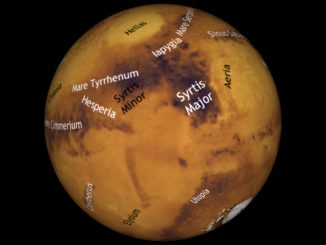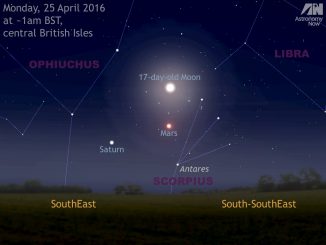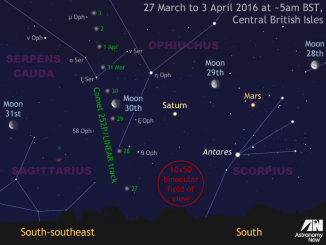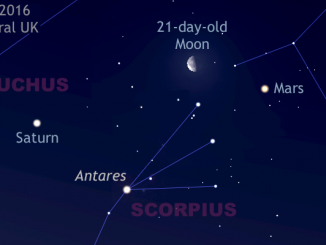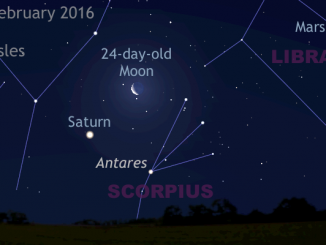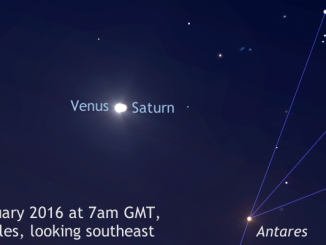
Hubble views heavy-metal stars
This 10.5-billion-year-old globular cluster, NGC 6496, is home to heavy-metal stars of a celestial kind! The stars comprising this spectacular spherical cluster are enriched with much higher proportions of metals (in astronomy, elements heavier than hydrogen and helium are curiously known as metals) than stars found in similar clusters.


